COP25 managed to underperform even the lowest expectations heading to Madrid.
The 2019 UN climate negotiations were expected to be little more than a stopover on the way to 2020 when countries will gather in Glasgow to announce new, more ambitious plans to limit climate pollution.
But there was hope that the world’s governments would feel compelled to respond to the explosion of public concern in 2019. In the end, they did not even live up to the most meager expectations.
The United States, Brazil and Australia were the the main obstructionists. The United States' role was particularly galling because Donald Trump had already pulled out of the Paris agreement.
Brazil’s Bolsonaro, the “Trump of the Tropics,” turned his arsonism onto the international stage, a brief detour from torching the Amazon rainforest.
Australia’s delegation blatantly did the bidding of its coal industry. They return home to a country ablaze in bushfires and a population choking in smoke.
But even outside the triad of obstructionists, the negotiations were poorly handled. Much of the blame goes to Chile who held this year's COP presidency. Shockingly little work had been done to line up the issues and troubleshoot predictable sticking points in advance. Even once the negotiations were underway, it was virtually impossible to track the goings-on. “The most opaque COP I have ever seen,” said Elizabeth May.
It is particularly unfair to Spain that the Madrid talks will be remembered as a failure. Spain valiantly offered to host the negotiations after riots against austerity measures forced Chile to abandon the COP in Santiago. Chile maintained its role managing the negotiating process but the talks themselves moved to Madrid. The Spanish capital had just a month's preparation before welcoming every country in the world — less time to prep than the average office holiday party.
When the heads of state, federal and subnational ministers along with thousands of negotiators, experts and observers arrived, the entire city was ready. Madrid’s elegant buildings and avenues were festooned with creative artwork highlighting the climate challenge. Enormous LED signs lit the Gran Via. Delegates were given passes to an impressive metro system, its subway cars decked out in climate wraps and stations covered with billboards. The massive conference centre was highly organized as if plans and preparations had been underway for many months if not years.

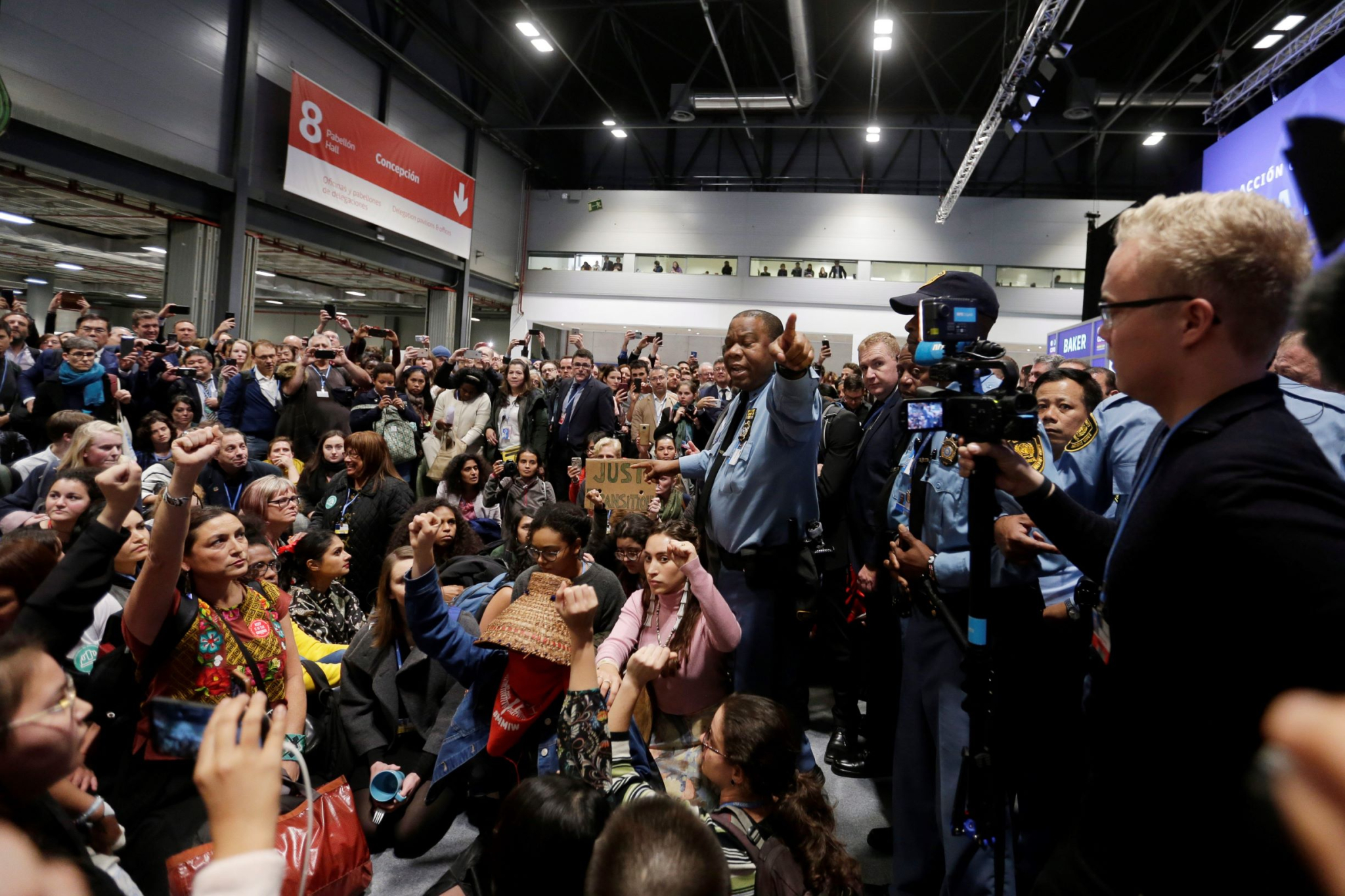

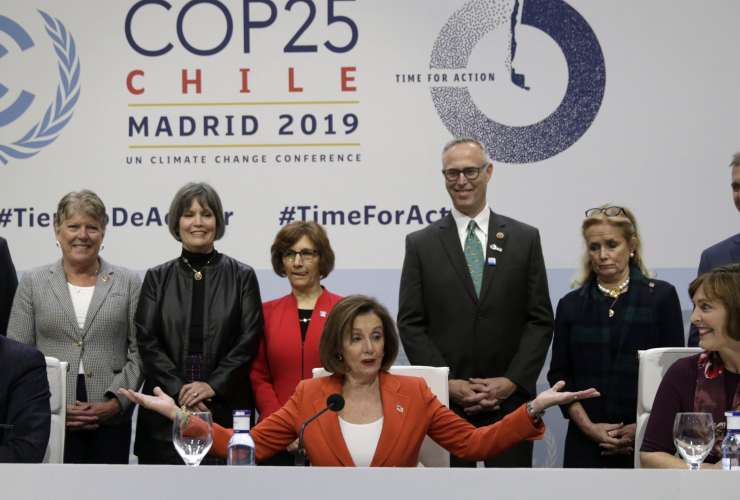
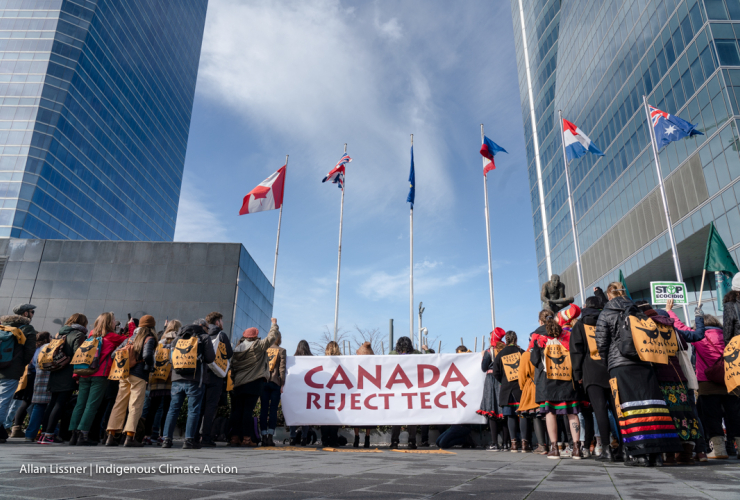
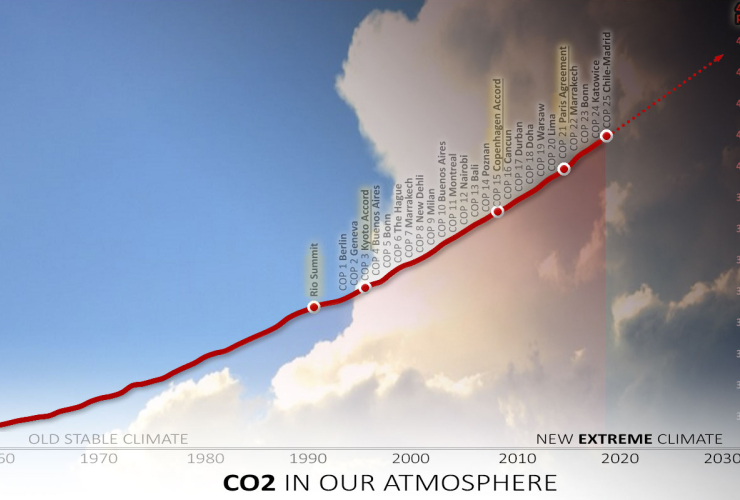
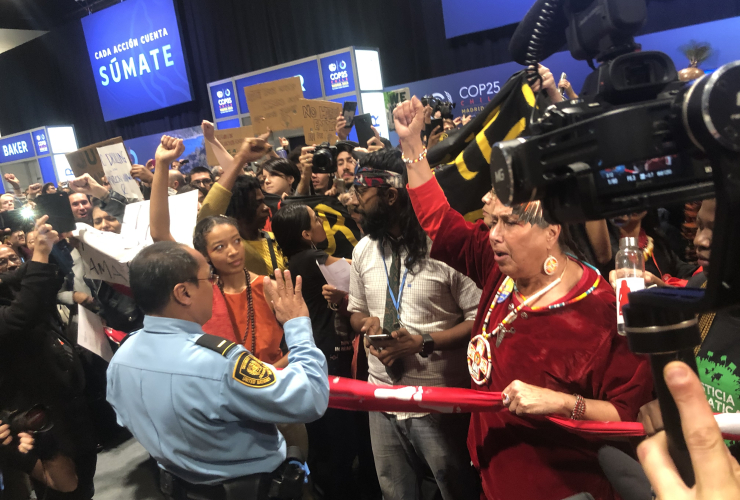


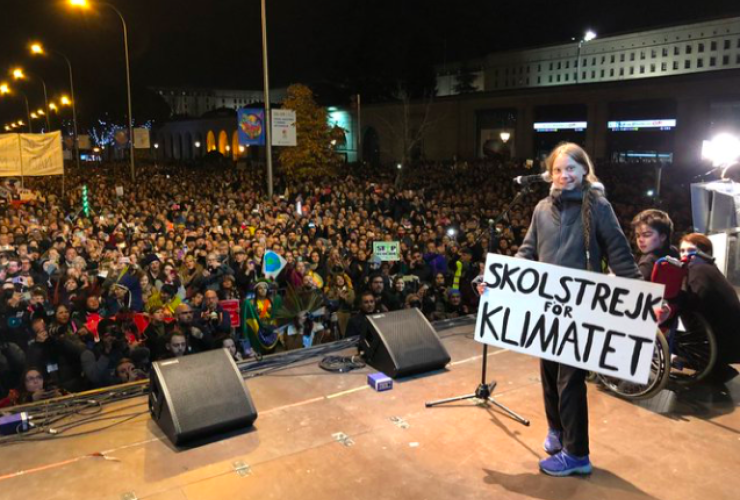
Comments